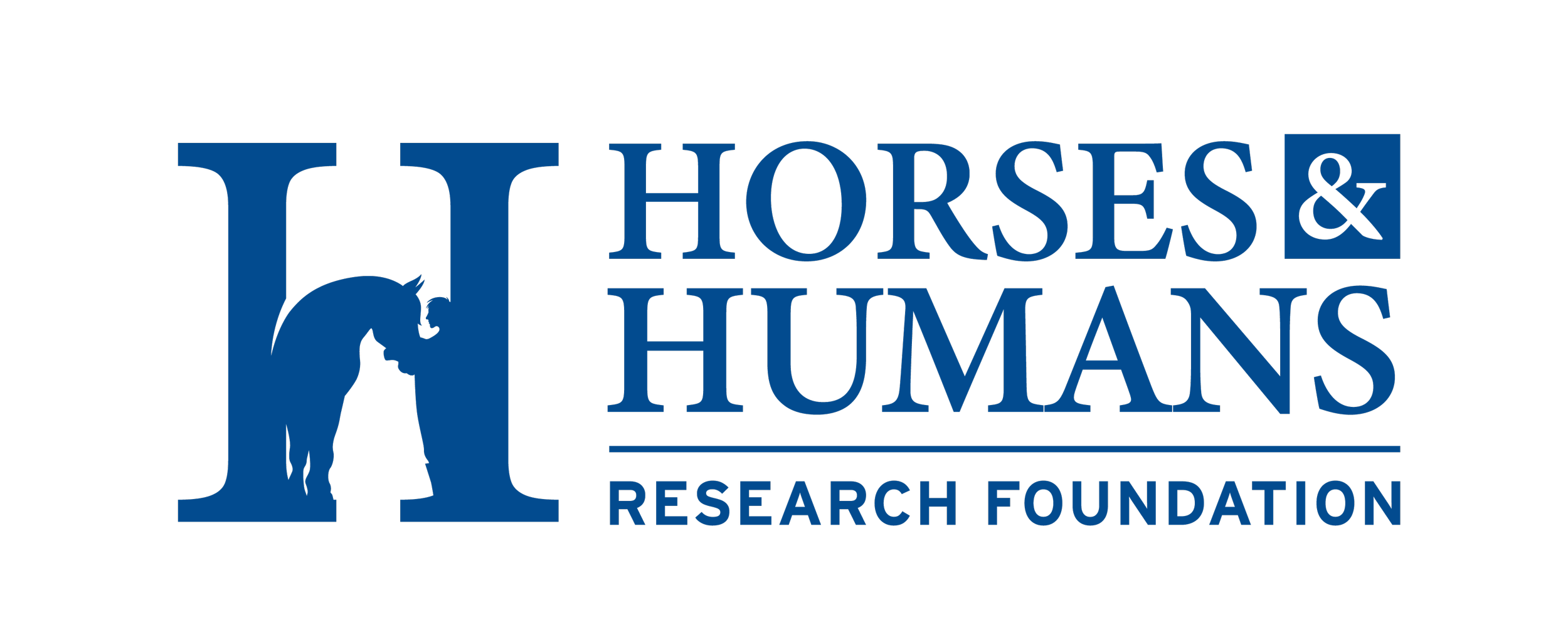$10,000 Research Grant to Texas A&M University Team
FOR IMMEDIATE RELEASE
New Equine Assisted Activity Research Grant Funded
Chagrin Falls, Ohio January 3, 2018. Horses and Humans Research Foundation awarded $10,000 to Texas A&M University to complete their research project “Tracking Kinematic and Kinetic Data during Horse Riding for Optimizing Therapeutic Outcomes.” This study will investigate the impact the horse’s movement has on a mounted client by measuring both horse and mounted participant simultaneously. This innovative project relies on new, technologically advanced sensors, to be placed on both mounted client and horse, to collect data on the movements experienced by the participant while on the dynamic surface of the horse.
The data collected by the sensors from the mounted client and horse during equine assisted therapy (EAT) sessions will provide insight into: i) the impact of the equine movement on the client during an EAT session, ii) the effects of the movement pattern of specific horses paired with specific mounted client on the client’s mobility, iii) how EAT affects the client’s core movements, and iv) how refinements in horse selection, utilization and/or training might further enhance effectiveness of an EAT session (horse-client coordination). In addition, sensor data will enable EAT professionals to more accurately determine movements of the horse that are beneficial to improve client’s functional gait and balance.
According to principal investigator Dr. Pilwon Hur the movement of the horse is a key factor contributing to the success of EAA/T as demonstrated by previous studies using both qualitative and quantitative data. As the EAA/T industry grows and expands, a tool that measures the horse movement and the mounted participant’s movement is necessary. The tool can quantify the biofeedback responses that the mounted participant receives from the rhythmical, symmetrical movement of the horse. For instructors and therapist, this information could be groundbreaking in assessment of individuals, therapy horses, and treatment strategies.
